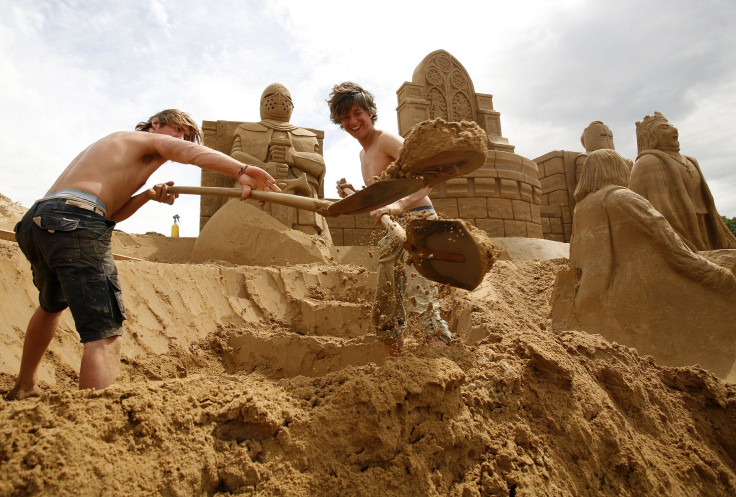Palace discovered at Tintagel, fabled birthplace of the legendary King Arthur

Archaeologists are of the opinion that they have found the birthplace of King Arthur. The birthplace is believed to have been found near a 13th century castle by the English seaside. The Dark Age castle has been found on Cornwall’s windswept coast sparking speculation that the legend of King Arthur may well be based on some truth.
As per a 900-year-old book, the legendary 5th century king was born at Tintagel at Cornwall. The archaeologists have found remains of a palace at this site along with more than 150 fragments of ancient glass and pottery. Interestingly, the fragments can be traced to western Turkey, which signifies that the family living in the castle was immensely rich, writes 9News.com.au.
Principal archaeologist at Cornwall Archaeological Unit (CAU), Jacky Nowakowski, is directing the excavation team. She is working with experts from Historic England and geophysicists from TigerGeo Ltd.
“CAU are very excited to be involved in English Heritage’s research project at Tintagel. This new archaeological research project will investigate unexplored areas of the island in order to find out more about the character of the buildings on this significant post-Roman settlement at Tintagel,” Nowakowski told The Telegraph.
The team of archaeologists dug four trenches in two previously unexcavated terrace areas of the island settlement. They discovered buildings that are believed to date from the fifth centuries.
“We’re cutting a small window into the site’s history, to guide wider excavations next year. We’ll also be gathering samples for analysis. It’s when these samples are studied in the laboratory that the fun really starts, and we’ll begin to unearth Tintagel’s secrets,” said English Heritage’s properties curator for the West Win Scut.
Earlier excavations had uncovered numerous pieces of pottery at Tintagel. Most of them dated from the fifth to seventh centuries and were imported from the Mediterranean.





















